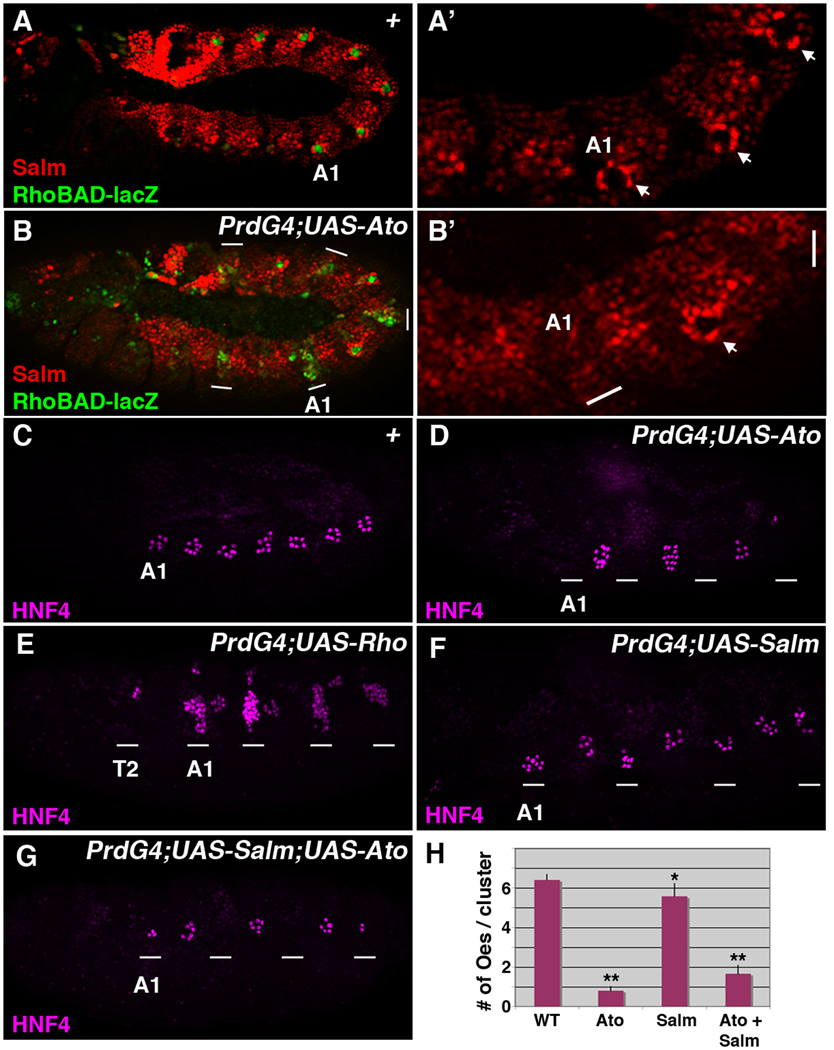Figure 2. Atonal inhibits oenocyte formation.
(A–B) Lateral views of a wild type stage 11 RhoBAD-lacZ Drosophila embryo (A-A’) and a stage 11 PrdG4;UAS-Ato;RhoBAD-lacZ embryo (B-B’) immunostained for β-gal (green) and Salm (red). The first abdominal segment is labeled (A1). In wild type embryos, the cells surrounding the β-gal-positive cell show an up-regulation of Salm (arrows in A’). In contrast, expression of Ato (B) in every other segment using PrdG4 (white line marks regions of PrdG4 activity) stimulates RhoBAD-lacZ activity yet decreases Salm expression compared to the PrdG4-off segments (A2 segment, arrow in B’). (C–G) Lateral views of stage 16 wild type stage (C), PrdG4;UAS-Ato (D), PrdG4;UAS-Rho (E), PrdG4;UAS-Salm (F), and PrdG4;UAS-Salm;UAS-Ato (G) embryos immunostained for HNF4 (purple). The first abdominal segment (A1) of each embryo is labeled and the white lines mark segments where PrdG4 is active. Note, the wild type embryo (C) has clusters of oenocytes in seven abdominal segments (A1–A7), whereas Ato mis-expression (D) inhibits oenocyte formation. In contrast, segments of PrdG4;UAS-Rho embryos expressing the Rho protease induce extra oenocytes (E). The expression of Salm results in a modest decrease in oenocytes, whereas the co-expression of both Ato and Salm results in a significant decrease in oenocytes. (H) Quantification of oenocyte numbers per cluster comparing wild type segments with segments expressing either Ato, Salm, or Ato and Salm from at least ten embryos. * denotes p-value < 0.01 and ** denotes p-value < 0.001 using ANOVA.

